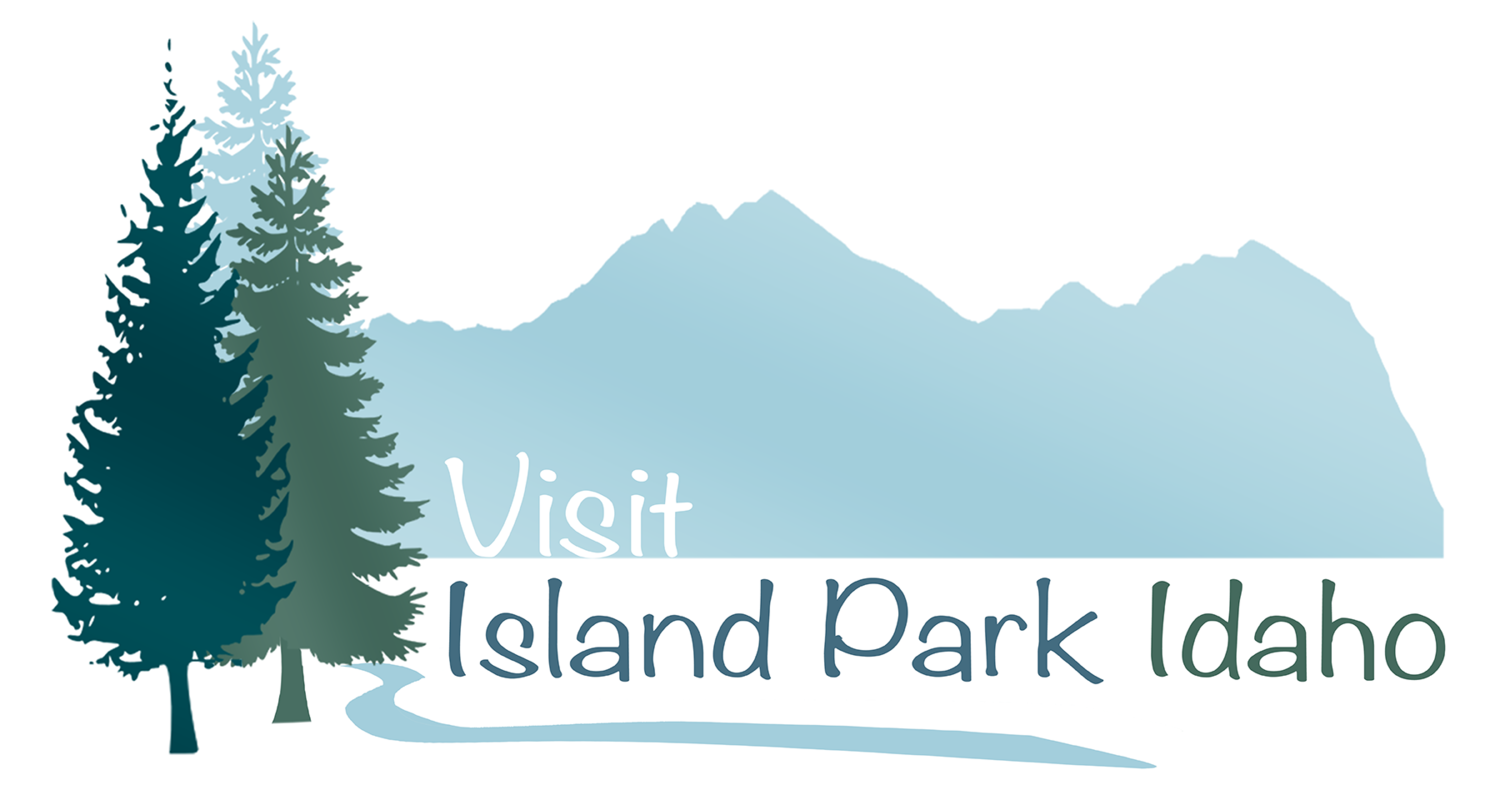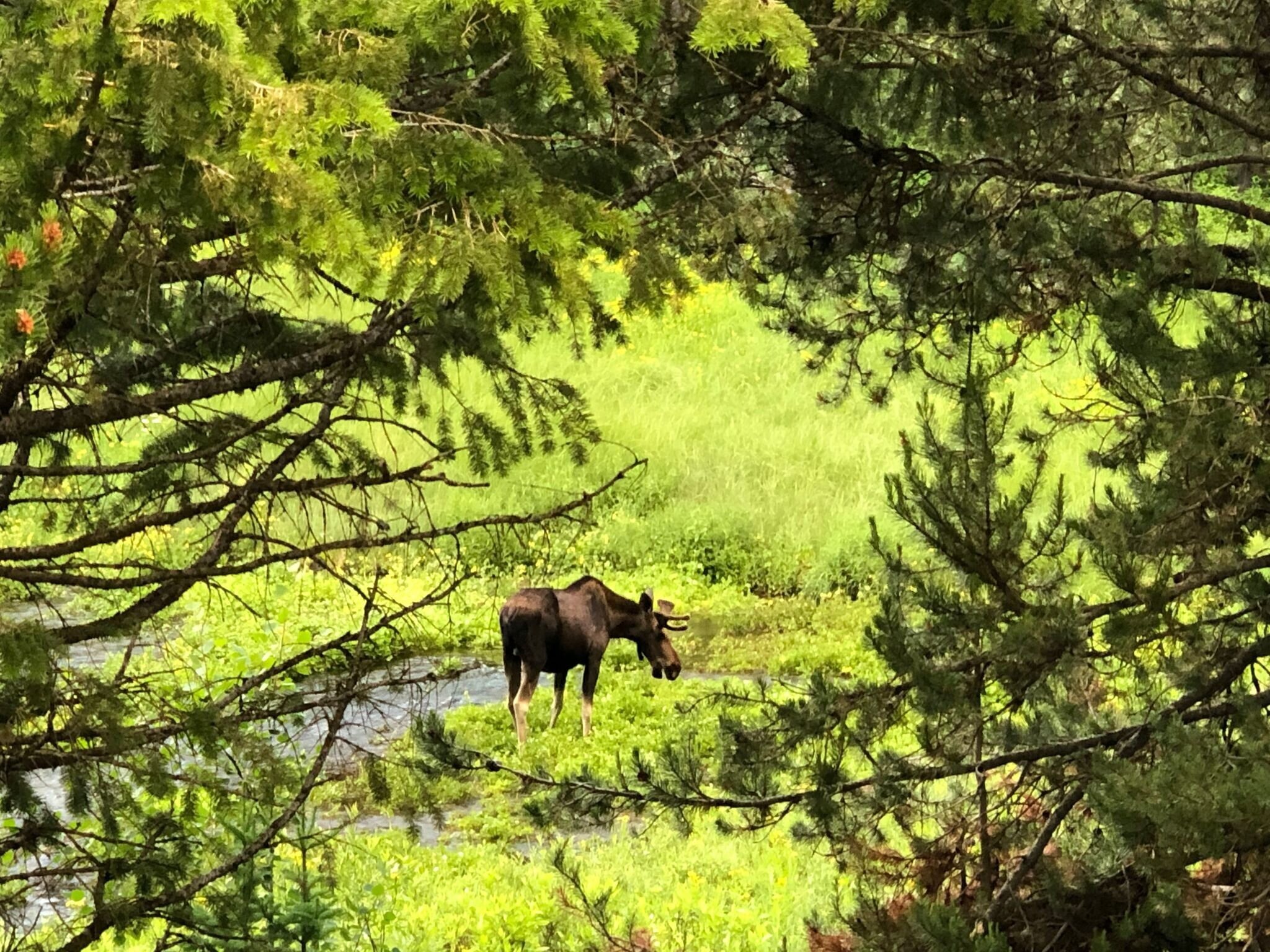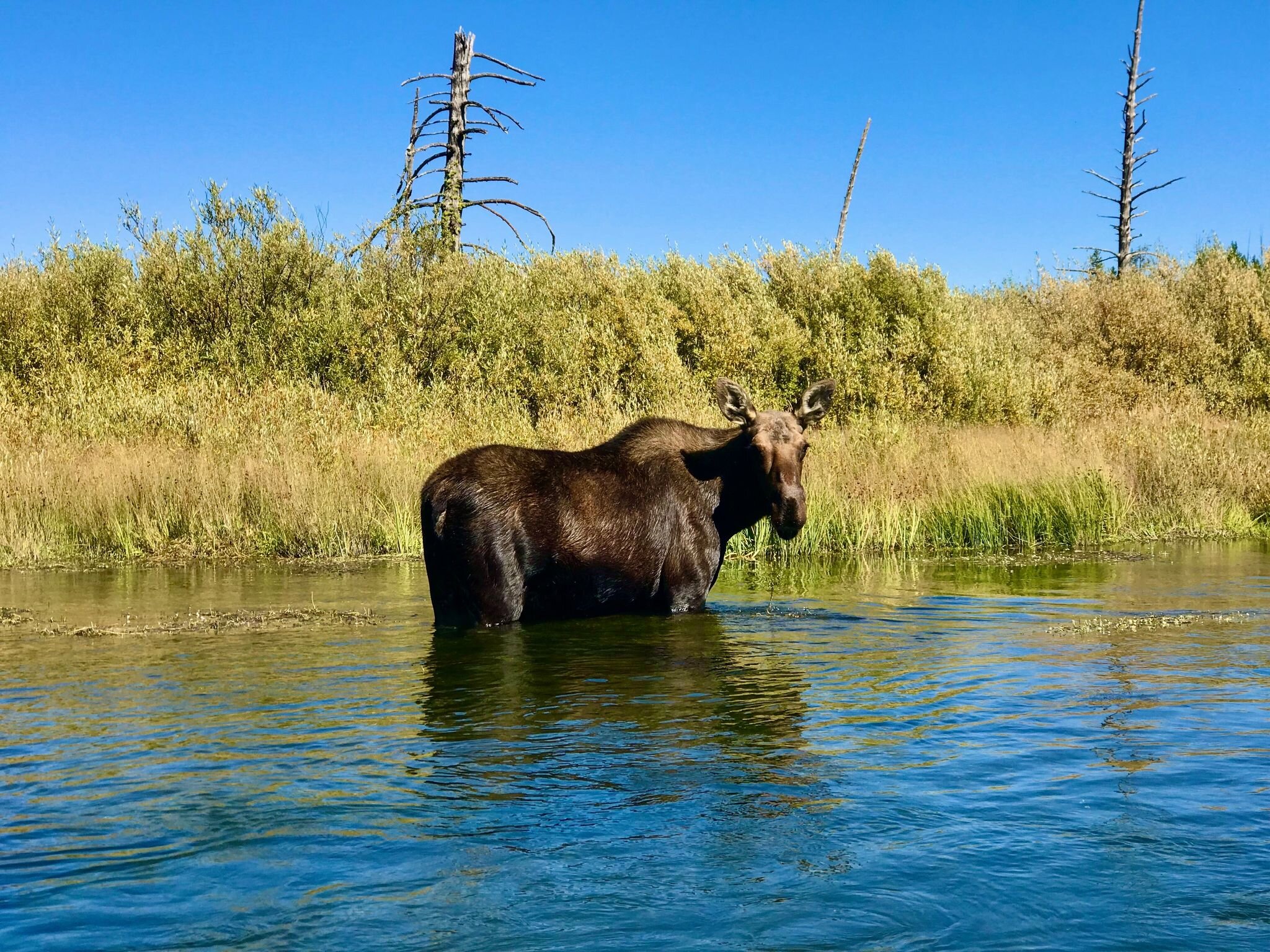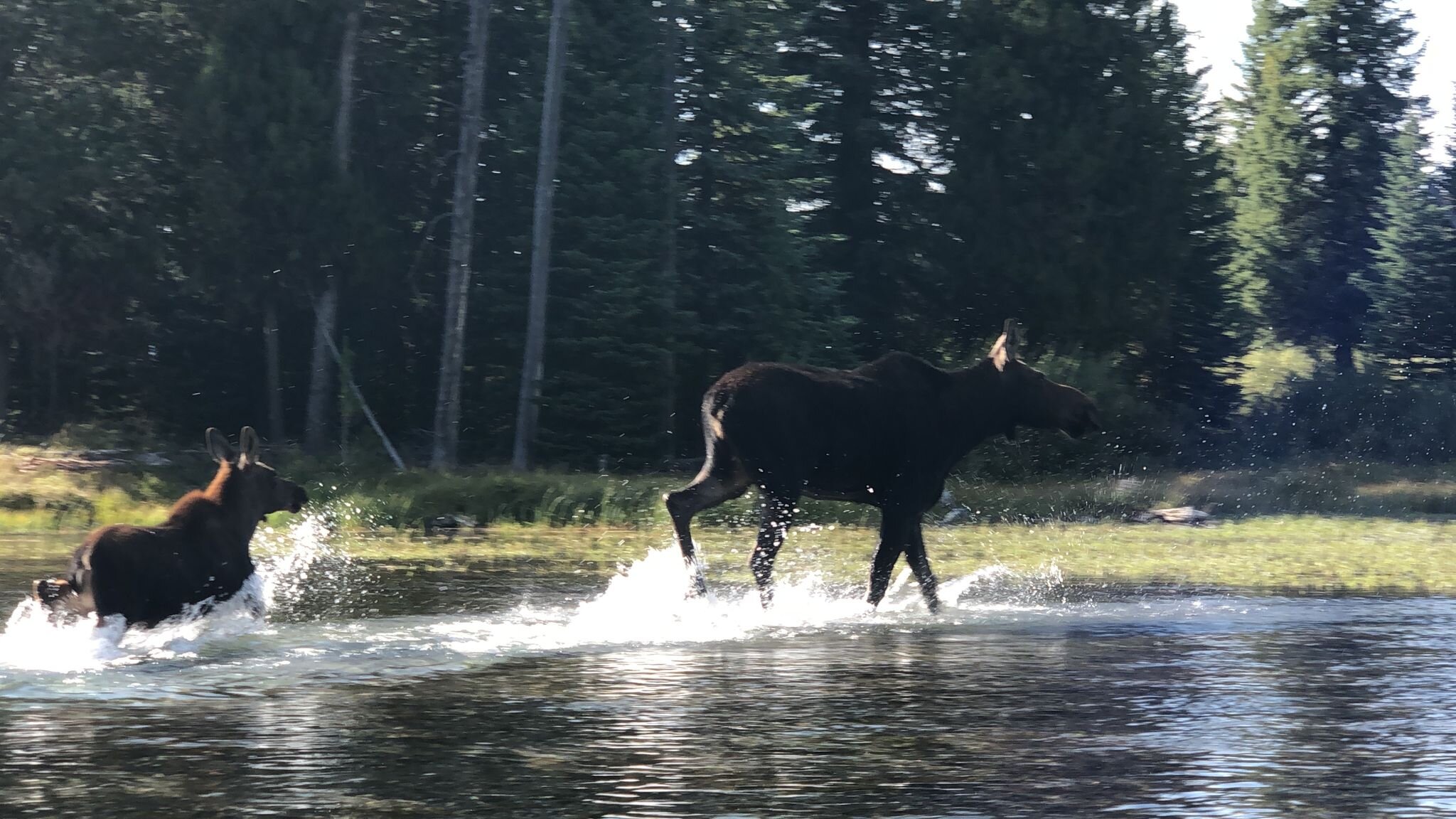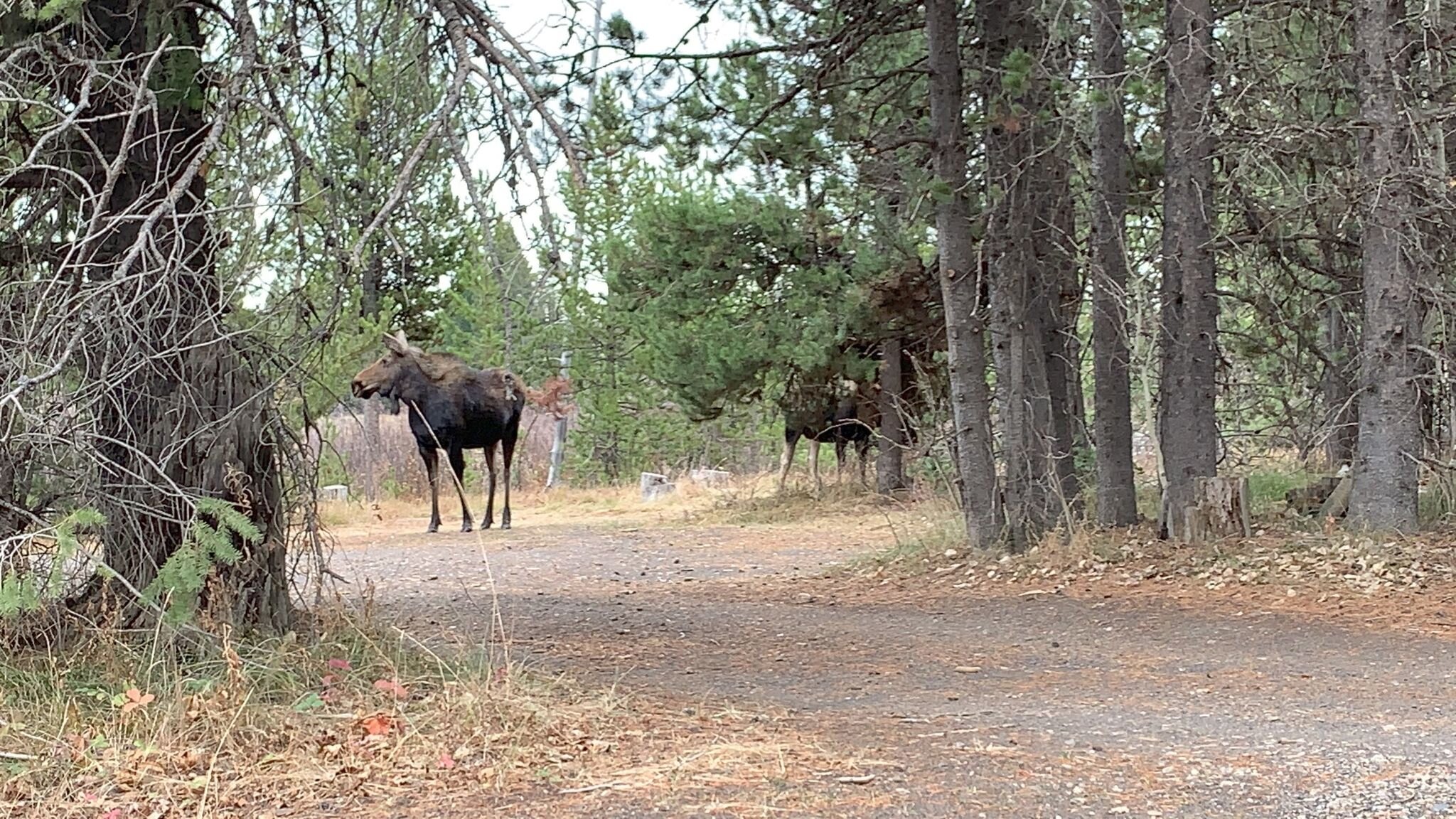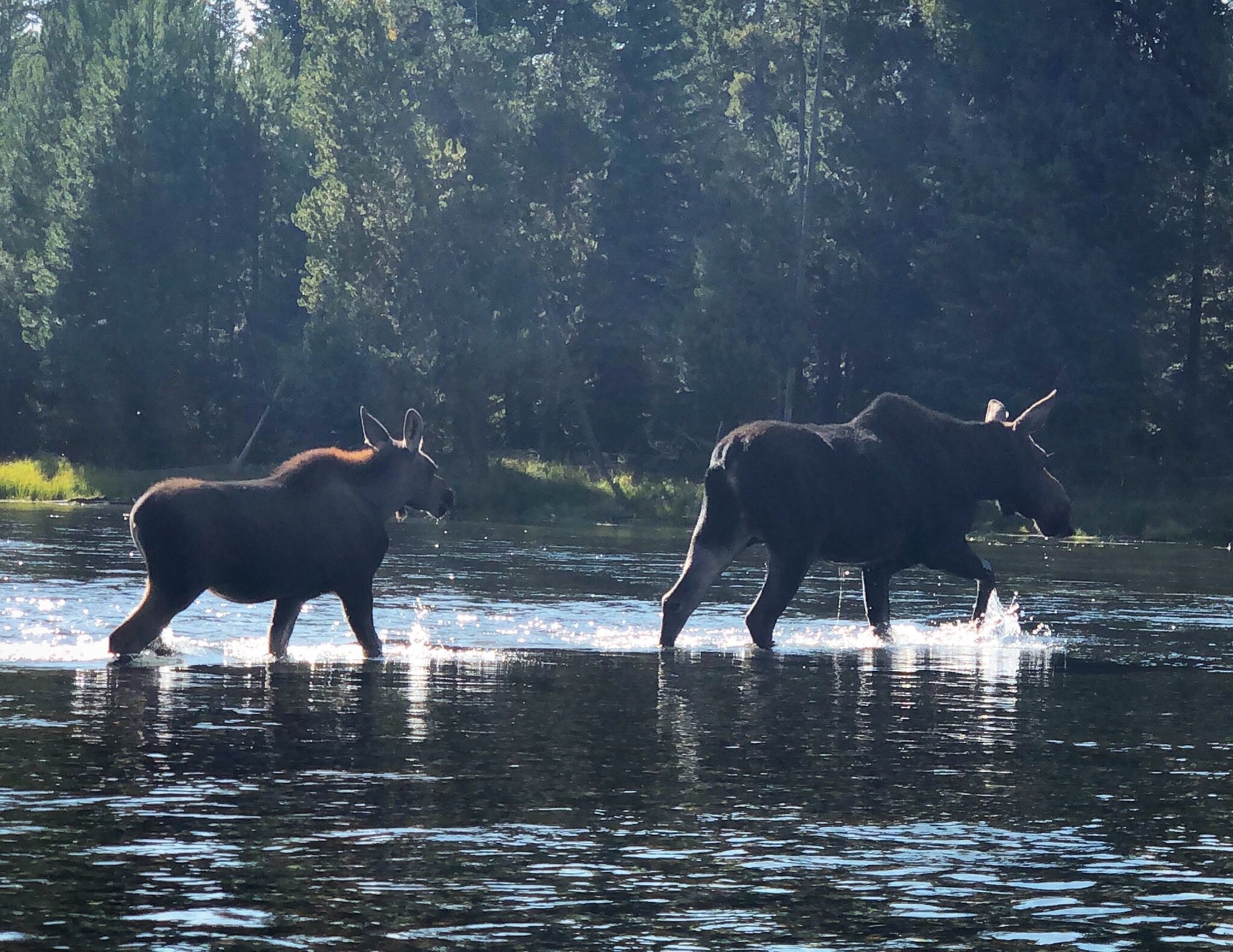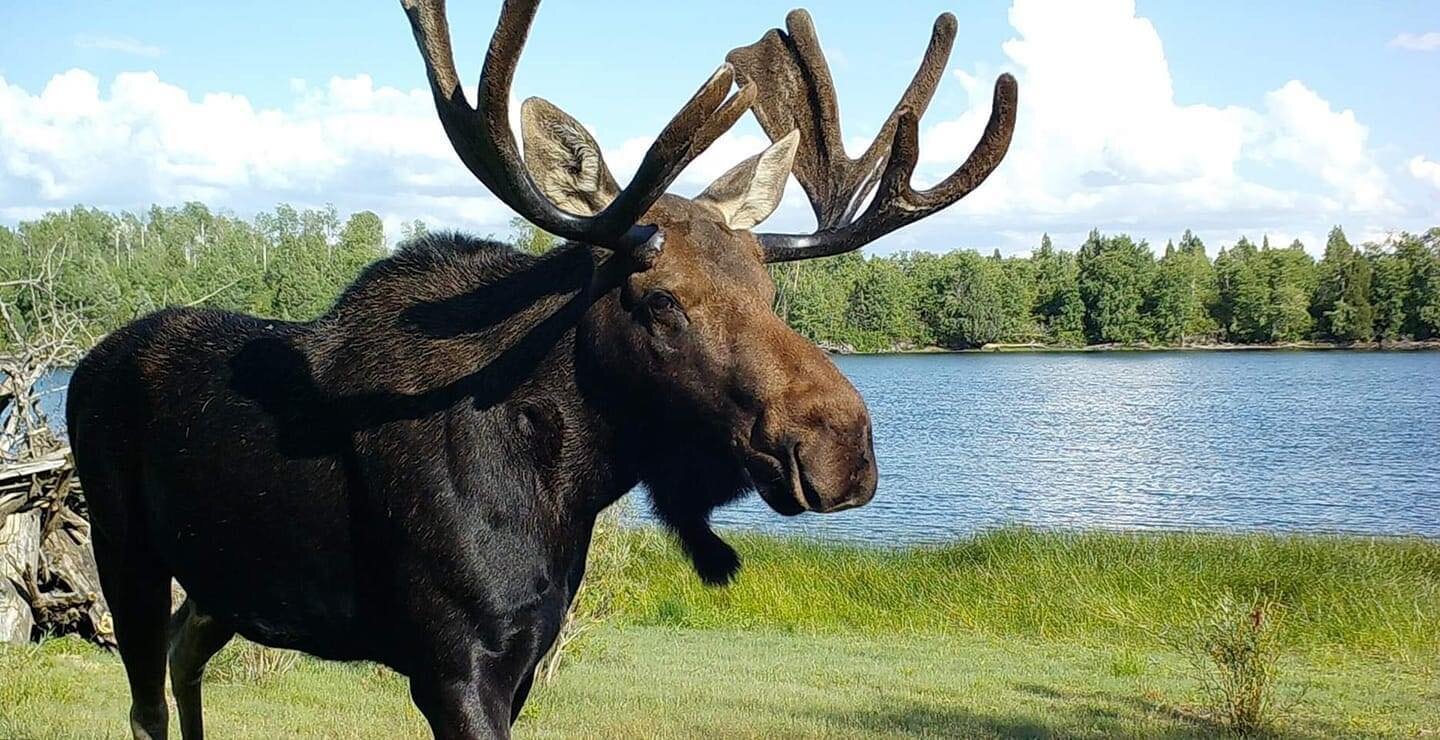The Best Places to See Moose in Island Park
/MoOse portrait by local photographer newt perdue
One of the most popular Island Park locals for visitors to “meet” are the moose. Everyone loves them! And they are everywhere. In fact, you’re unlikely to return home without a picture of one of these beautiful creatures on your camera roll.
Above images: moose caught on camera by Visit Island Park cabin’s owner Teara Galbraith.
WHERE TO SPOT A MOOSE IN ISLAND PARK
The short answer is...everywhere! There are even more moose sightings in Island Park than inside Yellowstone National Park.
According to Idaho State Journal, US 20 in Island Park is quite possibly the most dangerous road in Idaho when it comes to wildlife collisions, outpacing the national average. The road, AKA “the longest Main Street in America” (campgrounds, forests, fishing lodges, cabins, motels and restaurants) cuts directly through the migratory routes for a variety of Yellowstone’s animals, particularly elk and moose, as stated in the article.
Weighing between 800-1100 pounds, moose (the largest member of the deer family) are vegetarians who feast on the woody plants of trees and aquatic plants — which is why they love Island Park’s thick forests, lakes, rivers, and streams.
Moose are mostly peaceful creatures to observe, and exciting to find enjoying their natural habitat...but it’s important to keep a safe distance. While they aren’t typically dangerous to humans, they will attack if they perceive a threat, most often when they are accompanying a calf or surprised by a close encounter. As long as the safety tips are followed (see below), moose watching in Island Park is fun and safe!
Moose are a favorite subject among local photographers in Island Park.
A young calf, by Ron Folsom.
Photographer Barry Ladd’s favorite moose picture.
Adam Brubaker’s tour guide company Tied to Nature helps people to learn about and explore the outdoors.
WHAT TO DO IN A MOOSE ENCOUNTER
Moose love to hang around all the pine trees, rivers and streams in Island Park, so you’re highly likely to see one whether you’re hiking, kayaking, or just hanging out around your cabin! They are not very likely to attack but when surprised, it is a possibility.
The National Park Experience says that moose are much more abundant in America’s national parks than bears or mountain lions. And that is true of Island Park as well.
Here are some tips to stay safe around moose, from The National Park Experience:
Pay Attention: stay aware of your surroundings. Don’t use headphones or earphones, listen for sounds, and look around you. Although large, Moose blend in well with the forest habitats. Staying on alert will decrease the chances you surprise a moose by accidentally stumbling too close.
Keep your Distance: Never approach a moose. It’s the law in national parks to stay at least 25 yards away, which is advisable anywhere - especially if it’s a cow moose with a calf. Cows are extremely protective of their young and won’t hesitate to charge if they perceive you as a threat.
Be Quiet: If the moose hasn’t spotted you, it’s best to leave it that way. Continue quietly on your way.
Don’t act Threatening: If you are noticed by the moose, talk to the animal in a soft voice and slowly move away from the area. Don’t act aggressively, never briskly wave your arms or shout.
Watch for Signs of Agitation: The telltale signs of agitation are laidback ears and upright hackles. Or, if the moose watches you intensively, you might be too close and considered a threat. If you see these signs, calmly and quietly leave the area immediately.
Run and Find Cover if Charged: If the unlikely happens and a moose charges you...run and/or hide! While it may be terrifying, know that most charges by moose are bluffs. Unlike bears or mountain lions, you CAN (and should) run from a moose if it’s charging you. Since they’re herbivores, running away won’t trigger a predatory chase response and the moose is unlikely to chase you down the trail. If you can’t run, find cover behind a solid object, like a car or a tree. Curl up into a ball covering your head and neck and do not move, if you get knocked down by an aggressive moose. Do NOT fight back. The moose will back away once it perceives you’re not a threat. Do not get back up until the moose is at a safe distance.
In Summary:
Pay attention to your surroundings, especially in thickets of willows and near ponds, lakes and streams.
If the moose hasn’t noticed you, keep your distance and continue on your hike (or turn back if the trail leads toward the animal).
If the moose has noticed you, talk to it calmly and softly while also keeping your distance. Either continue on your hike or turn back if the trail leads toward the animal.
Always stay at least 25 yards (or meters) from a wild moose.
Never act aggressively.
If the moose is agitated and looks like it may attack you, run away or take cover behind a solid object. Do not stand your ground.
It’s OK to run from a moose!
If the moose attacks and you fall down, curl up into a ball and protect your head and neck with your arms.
Newt Perdue
Newt Perdue
SEE THE MOOSE AT BIG SPRINGS KAYAK ADVENTURE
Rent a kayak and enjoy the company of a moose (or two) on a long, relaxing float down the peaceful waters of Big Springs! Book your kayak rental and float here or if you’d like to just rent a kayak and go down the river just with your own crew, you can do that too, just click this form for more details.
Kayak at Big Springs where moose crossings are a frequent sight.
Cover image courtesy of Newt Perdue.
Special thanks to local photographers for contributing their beautiful moose portraiture.
Adam Brubaker
